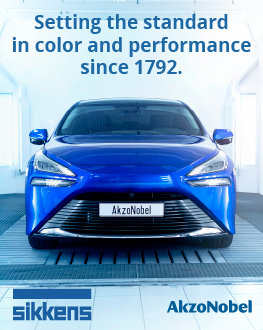Toronto, Ontario — In this weekly electric and autonomous vehicle report, BCIT announces that it is offering free online electric vehicle (EV) education courses; while researchers develop a reflective black paint to help autonomous vehicles ‘see’ better.
Fueling change
The British Columbia Institute of Technology’s (BCIT) Fueling Change project has developed four free open learning courses to help Canadians adapt to a zero-emission future.
The courses are fully online and have been funded by a grant from Natural Resources Canada.
The courses include modules on purchasing and driving an EV, EV charging infrastructure, EV industries and future zero-emission vehicle developments.
While the courses are for everyone, faculty experts from BCIT Applied Research and the BCIT School of Transportation created the courses to help build awareness and public confidence in electric vehicle ownership, particularly in underrepresented communities, noted a recent press release from BCIT.
Joey Dabell, Project Leader of Smart Microgrid Applied Research Team (SMART) commented that “to get a fulsome understanding of EVs, it’s best to learn from educational institutes rather than skimming the internet.”
Back in black
Research published in ACS Applied Materials and Interfaces describes how a highly reflective black paint made from a thin layer of titanium dioxide on small glass fragments, can help improve the ‘vision’ of autonomous vehicles.
The invention was created to help compensate for the fact that lidar sensors—which autonomous vehicles frequently rely on—often have difficulty detecting dark-coloured objects, and this is even more so in a nighttime setting.
The paint was originally tested on two types of commonly available lidar sensors—one mirror-based and the other a 360-degree rotating-type sensor. For comparison, a traditional carbon black-based paint was also tested.
During tests, both sensors recognized the newly developed paint, but did not detect the traditional carbon black-based paint.
As a result, researchers feel that their highly reflective paint could help improve road safety by making dark objects more visible to autonomous vehicles already equipped with existing lidar technology.







































